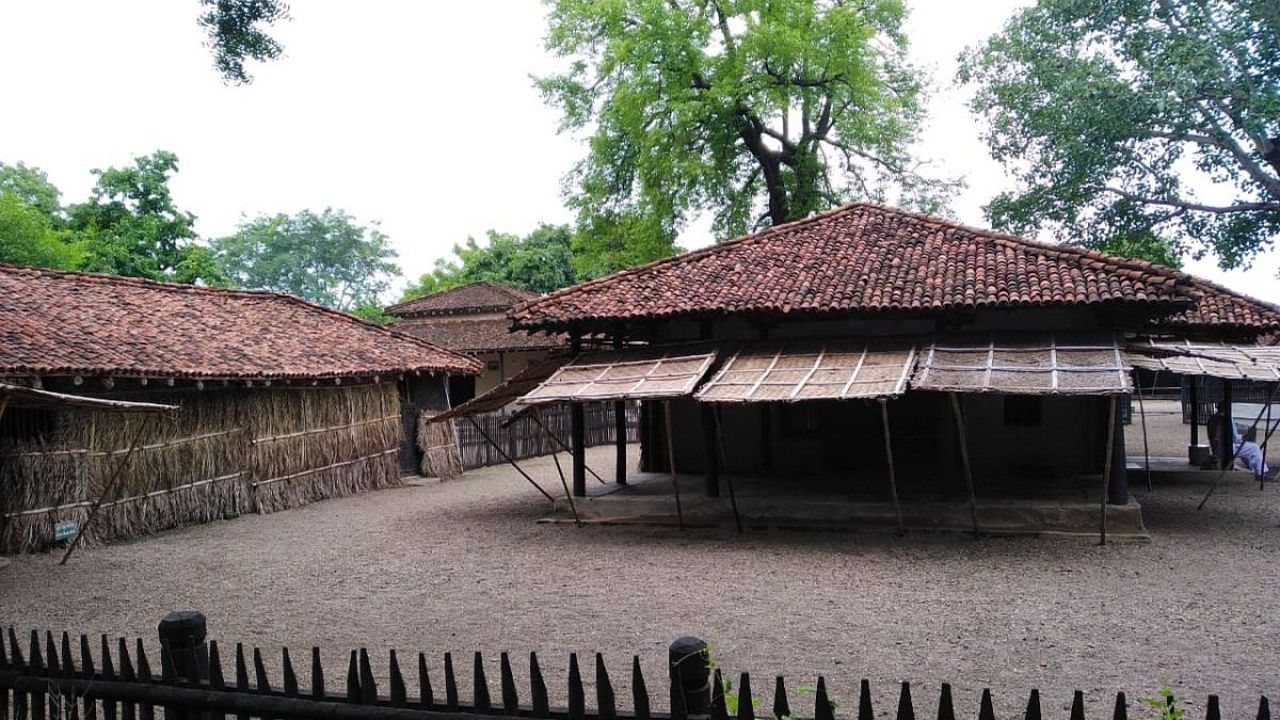
As the Maharashtra government seeks UNESCO World Heritage Site tag for Sevagram, the Wardha home of Mahatma Gandhi, an enhanced Rs 244-crore development plan has been sanctioned.
Sevagram was an important centre during the Independence movement.
The experience at the Gandhi Sevagram Ashram, located around eight km away from Wardha town, would be made interactive with 3-D technology and multimedia.
The government had earlier sanctioned around Rs 162 crore. However, now an additional Rs 81.57 crore has been sanctioned taking the total plan to Rs 244.087 crore.
The Wardha railway station will also get a new look with murals and artefacts to celebrate Gandhiji’s life.
A library and resource centre would also be set up at Sevagram.
The decision was taken at a meeting, presided over by Maharashtra Chief Minister Uddhav Thackeray, which was attended by Deputy Chief Minister Ajit Pawar, who holds the Finance and Planning portfolios and Public Works Minister Ashok Chavan among others.
The Sevagram Ashram in Wardha was the residence of Gandhiji from 1936 to his death in 1948. Gandhiji decided to make a village in Central India his headquarters and came to Wardha in 1934, at the invitation of Jamnalal Bajaj and established Sevagram, the village of service.
The Bapu Kutir, the small hut Mahatma Gandhi used to stay in Sevagram, is the centre of attraction and is visited by students, educationists, researchers, tourists and Gandhians.
The Father of the Nation had spent over a decade’s time of his life in Sevagram.
The Sevagram spread over 400 acres is run by five institutions -- Sevagram Ashram, Nai Talim Samiti, Mahatma Gandhi Seva Sangh Akhil Bharatiya Seva Sangh and Kasturba Health Society.
Amongst the most important items here are the small statue of three monkeys made of China clay -- one covering eyes, one mouth and another ears.
When Gandhi started his 'padayatra' in 1930 from Sabarmati Ashram to Dandi for the Salt Satyagraha, he had decided not to return to Sabarmati till Independence for India was attained.
For the Satyagraha, he was jailed for more than two years. On his release, he spent some time travelling and then decided to make a village in central India his headquarters.
Gandhiji was 67 years old when he came to Sevagram. From then on, Sevagram has become an inspiring place. Many decisions on important national matters and movements were taken at Sevagram. It became the central place for a number of institutions for nation-building activities devised by Gandhiji to suit the inherent strength of this country.